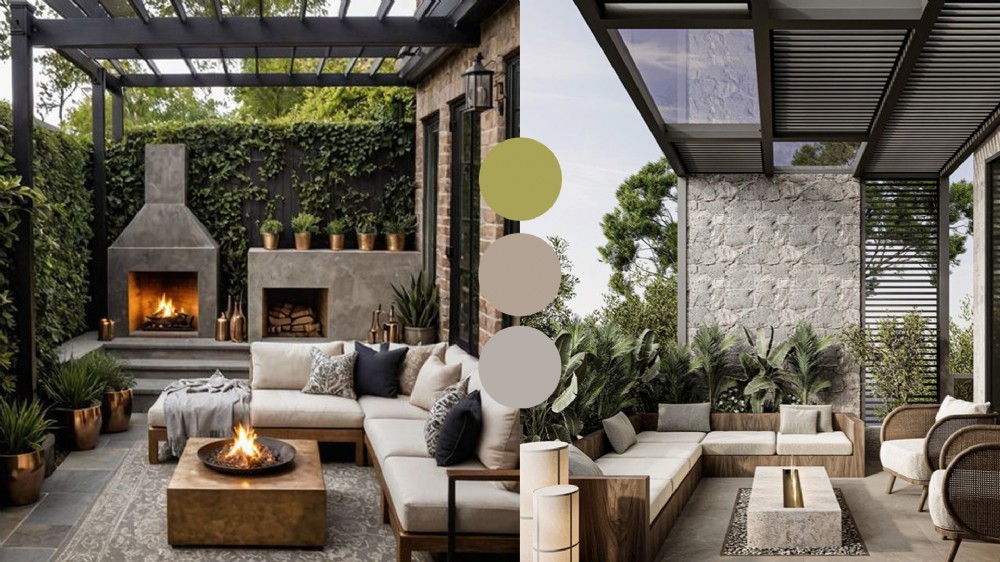Winter Garden Design: Functional, Aesthetic, and Climatically Harmonized Solutions

Winter garden design is an architectural element that eliminates the boundaries between nature and the interior, offering users a comfortable living space throughout the four seasons. In the design of this space, functionality, aesthetics, and climatic harmony should be considered together to create a sustainable and comfortable atmosphere that integrates with the existing structure.
First and foremost, the positioning of the winter garden is crucial. To maximize the use of sunlight, it is generally preferred to place the winter garden on a south or southwest-facing facade. This ensures natural heating throughout the day, improving the space's energy efficiency. At the same time, the connection to the interior should be well-planned, ensuring a smooth transition that supports natural circulation.
In terms of material selection, transparency, durability, and insulation are key factors to consider. High-performance double or triple-glazed panels should be used for the façade and roof systems to provide maximum light permeability while minimizing heat loss. Aluminum or steel profiles offer a modern and sleek appearance for the winter garden with their lightweight and long-lasting structures, while natural stone, ceramic, or wood materials can be chosen for flooring to add warmth to the space. To further enhance comfort, an underfloor heating system can be integrated, creating a warm environment during the cold winter days.
Planting is one of the most important elements that defines the soul of the winter garden. Tropical plants, flowering species, and vines, which provide a natural identity to the space, stand out as design elements that enhance the perception of volume. Positioning the plants according to their light requirements, along with integrating appropriate watering and drainage systems, supports their healthy growth.
The selection of furniture should be based on the intended use of the space. Weather-resistant, functional, and natural materials for seating arrangements create a warm and cozy atmosphere in the winter garden. Wood, rattan, and metal details emphasize naturalness, while comfortable cushions and accessories provide a pleasant experience for the user.
Lighting design is another crucial element that defines the atmosphere of the winter garden. As daylight diminishes, lighting that creates a soft and warm ambiance should be preferred. Pendant lamps, hidden LED strips, or adjustable spotlights can adapt to various usage scenarios, giving the space a dynamic identity.
In conclusion, a well-designed winter garden establishes a strong connection between nature and the interior, offering a living space that can be enjoyed throughout the year. A design that optimizes heat and light control, while balancing aesthetics and functionality, is one of the key elements that strengthen the architectural identity of the space.
